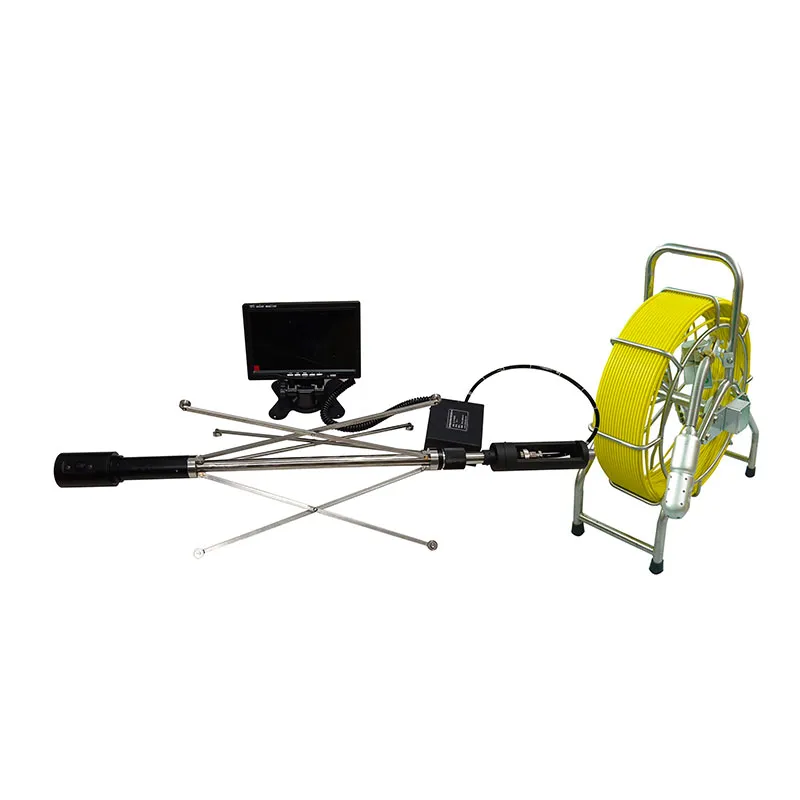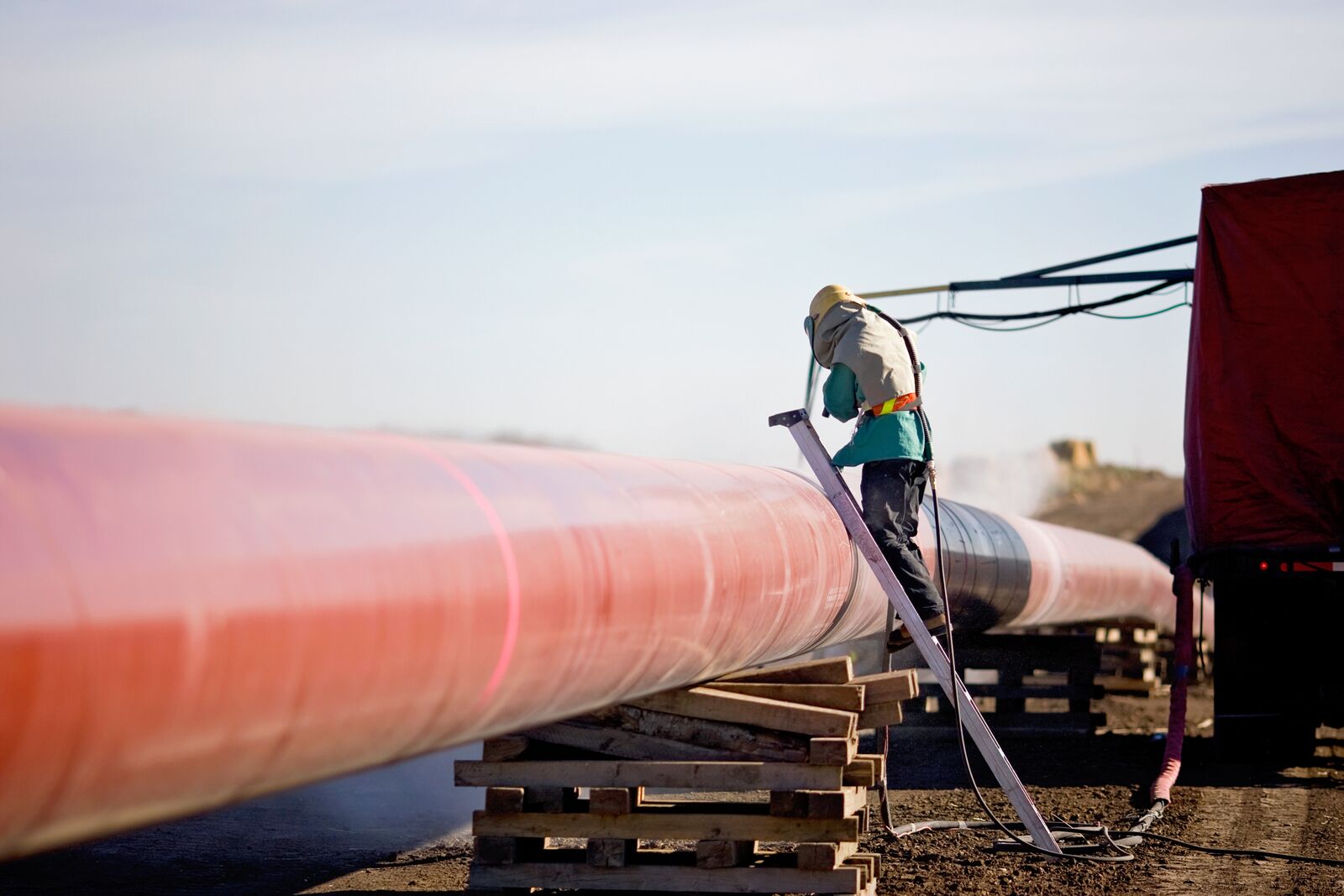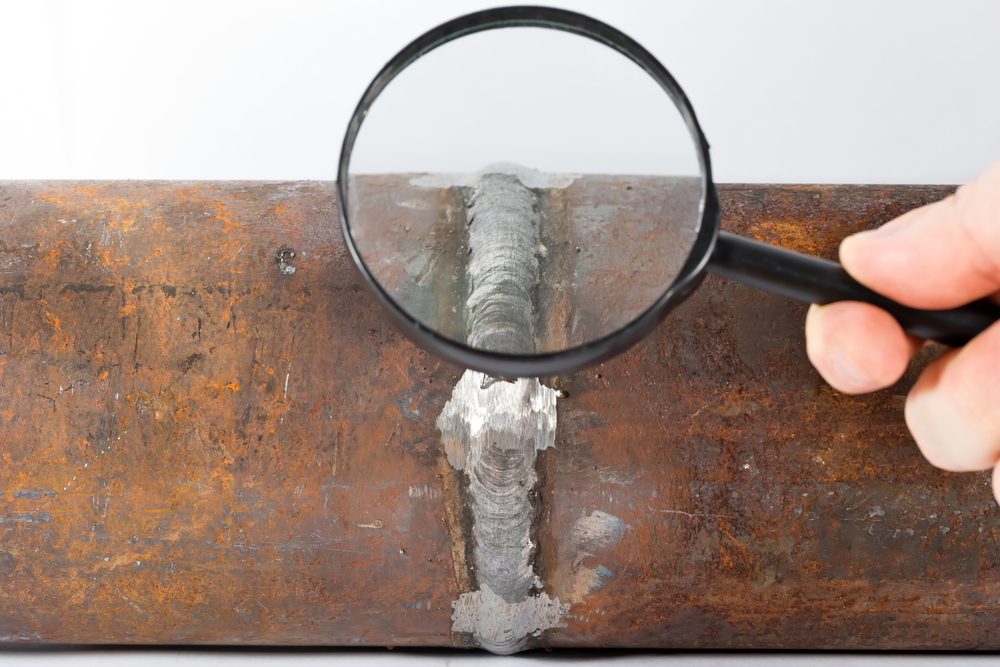
Finest Practices for Pipe Welding Examination: Strategies, Specifications, and Treatments to Attain High Quality Guarantee and Conformity
Reliable pipeline welding examination is crucial for ensuring the integrity and safety of important infrastructure. By utilizing a mix of techniques such as visual evaluation and advanced non-destructive testing techniques, in addition to adherence to developed sector requirements like those from ASME and AWS, companies can considerably improve their quality control procedures. However, the application of these finest techniques poses various obstacles that warrant careful consideration. Comprehending the intricacies entailed in each stage of inspection is important to attaining conformity and reliability in pipeline systems. What specific techniques can be utilized to browse these obstacles effectively?
Value of Welding Evaluation
The integrity of welded joints is paramount in ensuring the safety and security and integrity of pipe systems. Appropriate welding techniques and thorough inspection procedures are critical to stop failures that can bring about devastating cases, environmental damages, and loss of life. Pipeline Welding Inspection. Welding examination acts as a preventative measure, recognizing flaws such as fractures, porosity, and incomplete combination prior to they rise into severe issues
Furthermore, pipe systems frequently run under high stress and extreme conditions, making the high quality of welds much more vital. Regulative conformity is one more substantial element, as numerous standards determine the quality control processes that should be complied with in pipe building and construction and upkeep. Failure to abide can lead to lawful ramifications and economic losses.

The duty of welding inspection prolongs beyond mere verification of handiwork; it encompasses the assurance of long-lasting functional integrity. This includes an organized approach that includes not just aesthetic inspections however additionally progressed non-destructive testing techniques. Eventually, efficient welding examination is an investment in the longevity and security of pipe systems, guaranteeing they operate as meant while decreasing threats connected with material deficiencies.
Secret Assessment Strategies

Visual examination, typically the first line of defense, enables the identification of surface area defects such as fractures, damages, and porosity. Ultrasonic testing utilizes high-frequency acoustic waves to discover inner defects, supplying an extensive analysis of weld integrity. This non-destructive approach is particularly efficient for recognizing suspensions that might not be visible externally.
Radiographic screening involves making use of X-rays or gamma rays to create photos of the bonded joint, revealing internal flaws. This strategy offers thorough insights yet may require customized tools and security factors to consider. Lastly, magnetic fragment screening is effective for finding surface and near-surface gaps in ferromagnetic products, making use of electromagnetic fields and great iron fragments.
Industry Standards and Regulations
Conformity with sector criteria and guidelines is crucial for making sure the high quality and security of pipeline welding evaluations. These standards give a structure for finest practices in welding processes, materials, and inspection strategies, permitting organizations to minimize defects and boost the stability of pipeline systems. Trick bodies such as the American Culture of Mechanical Engineers (ASME), the American Welding Culture (AWS), and the International Company for Standardization (ISO) state guidelines that are extensively acknowledged and embraced within the industry.
In the USA, guidelines from the Pipeline and Hazardous Products Security Administration (PHMSA) control the security of pipe procedures, mandating rigorous examination procedures. These standards not only offer to protect public safety and security and the environment however additionally ensure conformity with contractual and lawful responsibilities. Adherence to the pertinent codes, such as ASME B31.3 for process piping, is vital for maintaining functional performance and regulative compliance.
Moreover, continual updates and revisions to these requirements mirror technological innovations and evolving market practices, stressing the great site need for organizations to remain informed and train workers as necessary. Ultimately, robust conformity with well established criteria cultivates trust and dependability in pipe framework, protecting both possessions and stakeholders.
Effective Evaluation Treatments
Reliable inspection procedures are crucial for determining prospective issues in pipe welds and making sure the overall honesty of the system. A methodical technique to examination incorporates numerous vital stages, including pre-weld, in-process, and post-weld evaluations. Each phase plays an important function in preserving high quality guarantee.
Throughout pre-weld assessment, it is necessary to evaluate the materials and joint arrangements, ensuring conformity with project requirements. In-process examinations entail monitoring welding strategies and criteria, such as warmth input and take a trip rate, to avoid flaws from happening. This stage enables real-time adjustments to welding techniques.
Post-weld examinations consist of non-destructive testing (NDT) techniques like radiography, ultrasonic screening, and magnetic fragment testing. These methods help identify inner and surface area defects that could endanger the pipe's performance. Paperwork of all inspection tasks is extremely important, supplying a traceable document that sustains compliance with industry requirements.
Training and accreditation of evaluation personnel better improve the effectiveness of these treatments. By adhering to an organized evaluation protocol, companies can mitigate threats, guarantee conformity, and eventually supply pipes that meet rigid safety and efficiency requirements.
Typical Challenges and Solutions
Pipe welding inspection provides several typical challenges that can affect the top quality and security of the last product. One considerable challenge is the variability in welding strategies and materials, which can bring about inconsistent weld high quality. To resolve this, it is essential to develop standardized procedures and training for welders, making certain an uniform technique throughout jobs.

Environmental elements, consisting of temperature and moisture, can also influence the welding procedure, possibly bring about splits or incomplete combination. Executing regulated atmospheres and adhering to pre-weld treatments can mitigate these threats.
Final Thought
In verdict, the implementation of best practices for pipe welding assessment is vital for making sure quality control and conformity with market standards. A thorough technique, incorporating different methods such as aesthetic, ultrasonic, and radiographic screening, hop over to here facilitates the identification visit this website of issues throughout all stages of the welding procedure. Pipeline Welding Inspection. Adherence to established regulations and efficient examination treatments not just enhances the reliability and safety and security of pipeline systems but likewise mitigates dangers connected with welding issues, thereby promoting general functional honesty
Conformity with sector criteria and regulations is essential for guaranteeing the high quality and security of pipe welding inspections. These standards give a framework for ideal methods in welding procedures, materials, and assessment techniques, permitting companies to minimize defects and boost the integrity of pipe systems.In the United States, regulations from the Pipeline and Hazardous Materials Safety And Security Management (PHMSA) control the safety of pipeline operations, mandating extensive inspection protocols. A systematic approach to examination encompasses several vital stages, including pre-weld, in-process, and post-weld inspections.In conclusion, the execution of ideal techniques for pipe welding examination is necessary for making certain high quality guarantee and conformity with industry criteria.